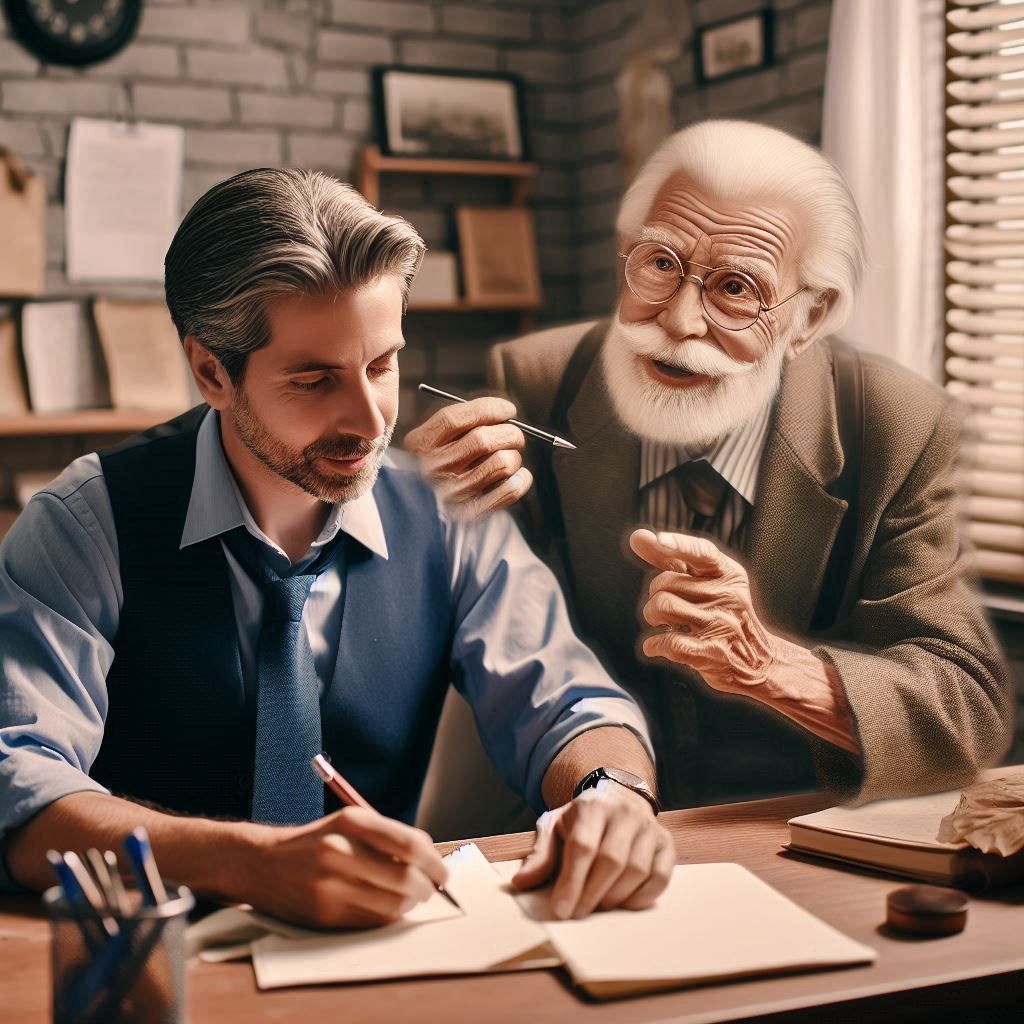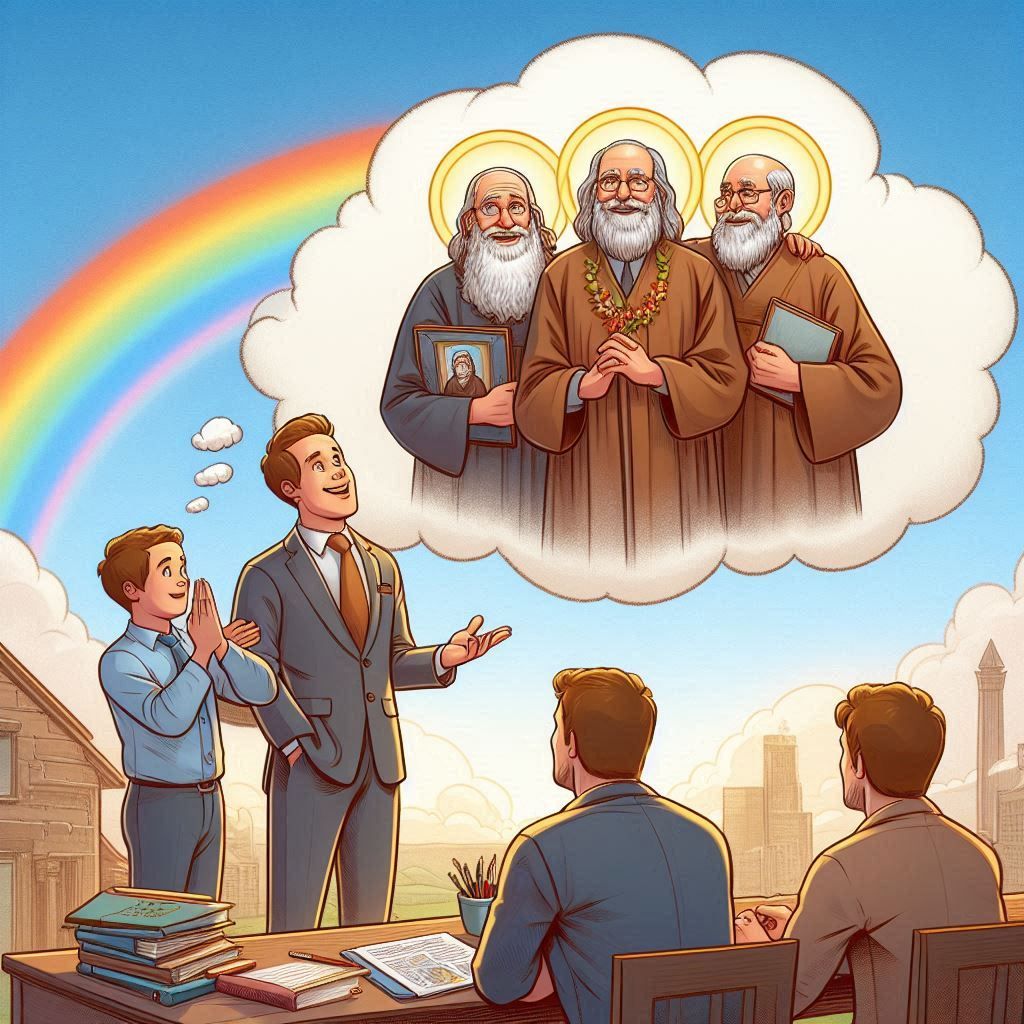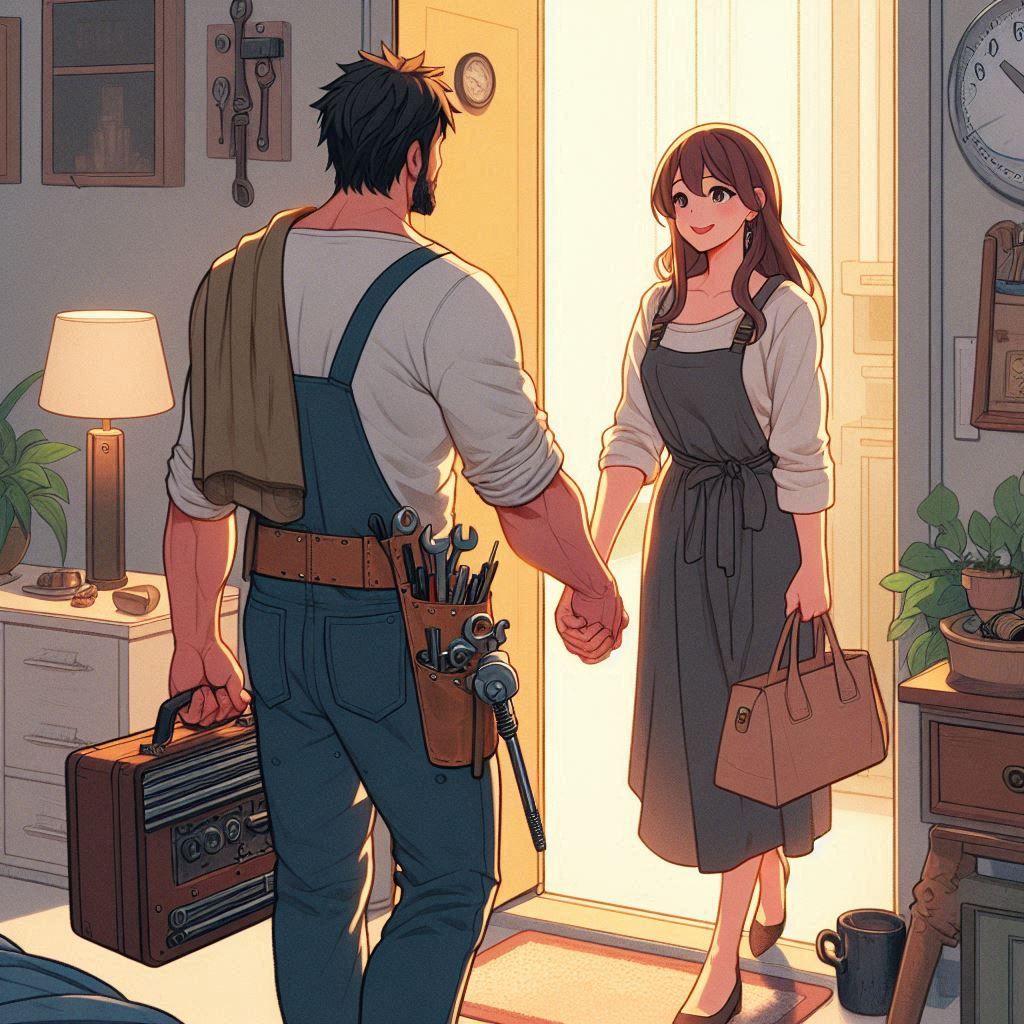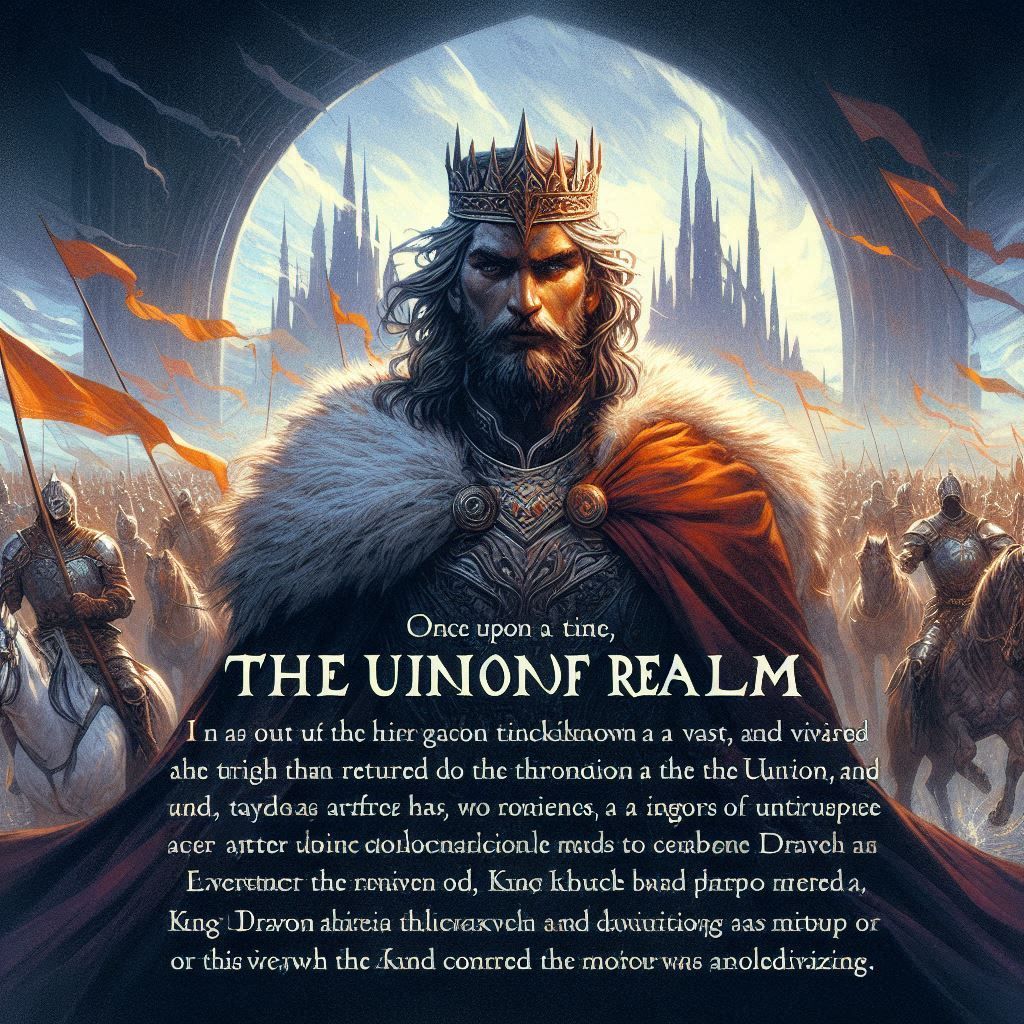Write a letter to your 100-year-old self.
Dear Centenarian Superstar (a.k.a. My Time-Defying Twin),
Holy guacamole, you *actually* hit 100! Did you chug from the Fountain of Youth, replace your morning coffee with nanobot smoothies, OR—wait—did those chaotic “alchemy experiments” in the garage *finally* pay off?! Tell me you found the Philosopher’s Stone wedged between the couch cushions. Did you transmute lead into wine (or at least into decent retirement funds)?! I always knew your obsession with glowing mason jars and cryptic symbols would outshine St. Germain someday. Bet he’s *fuming* in his immortal fancy-pants castle while you’re over here turning dust into diamonds and still forgetting where you left your keys. Legend.
Let’s address the elephant in the room: How’d you afford this? Did you perfect that “retired” bank heist and license your alchemy patents? (“Eternal Youth™, now with free Wi-Fi!”) Or did you just challenge Death to a chess match… using pieces made of solid gold you whipped up in the microwave? I’m picturing you now: part mad scientist, part cryptid, dodging expiration dates and historians trying to fact-check your “I knew Shakespeare” stories.
But surviving a century? Please. You didn’t just survive—you alchemized chaos into charisma. Between reverse-engineering immortality elixirs and teaching parrots to say “Avada Kedavra” as a party trick, you’ve basically turned existence into a DIY craft project. Did you train by arm-wrestling vampires? Or just perfect the art of napping so hard you confused the Grim Reaper with a door-to-door salesman? Either way, you’ve earned your crown in the “Sassy Centenarian Hall of Fame.”
Now, the big question: What’s next? 200? Why not! You’ve already beaten St. Germain at his own game (take that, 18th-century drama llama). Next stop: selling “How to Out-Alchemy Your Enemies” masterclasses on Skillshare. Or maybe just trolling future historians by leaving fake ancient artifacts in your backyard. Remember, aging is mandatory, but maturity is optional—keep hiding whoopie cushions in nursing homes and explaining TikTok to confused robots.
You’re proof that life’s a wild ride, and the seatbelt’s just a suggestion. Keep raging against the dying of the light… or at least keep the light on past 8 p.m. You’ve got this, you magnificent, slightly-radioactive legend.
Now go update your bucket list with a “beyond 100 List.”
—Your Zestier, Less-Wrinkled Former Self

P.S. If you did rob a bank, teleport me a clue back in time. I’ve got student loans.
P.P.S.St. Germain’s ghost just slid into my DMs. He wants a rematch. I told him you’re busy inventing time travel and/or perfecting margarita recipes. Priorities.
P.P.P.S. Aim for 200. I’ll meet you there. (As a cyborg. Or a sentient cloud of your finest alchemy fumes. Let’s stay *weird*.)
© Jurgens Pieterse. All Rights reserved. 2025




